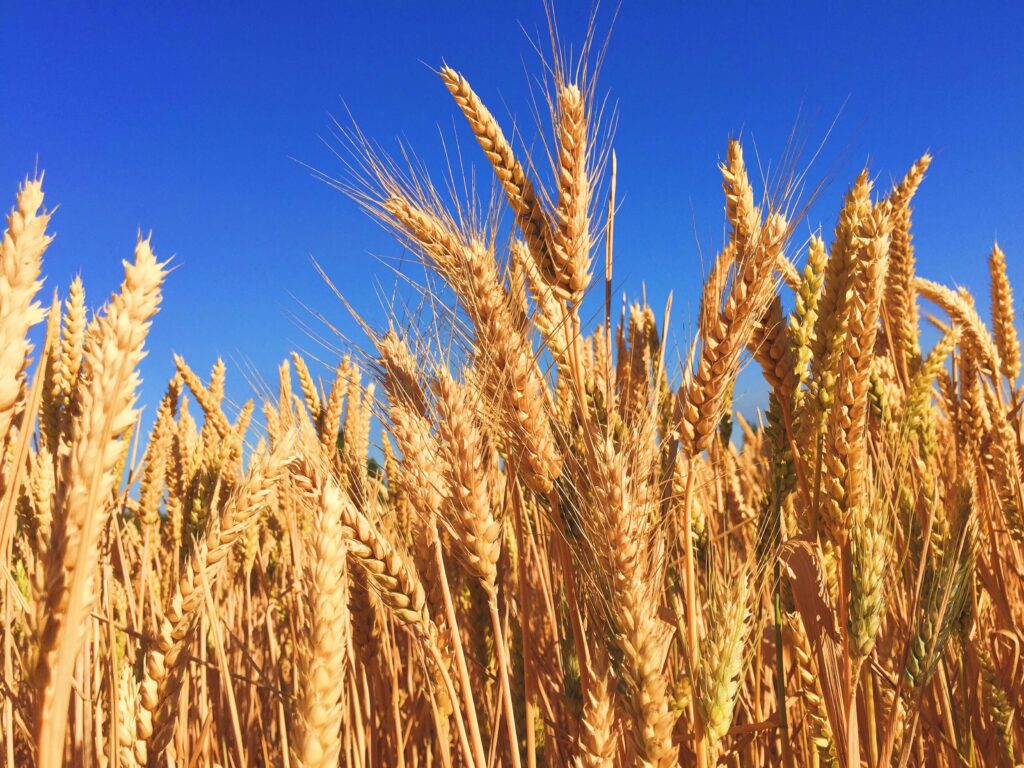Wheat is one of the most crucial agricultural commodities in Pakistan, serving as a staple food for a large part of the population. It plays a significant role in the country’s food security, economy, and overall agricultural landscape. This blog post aims to provide an in-depth look at wheat prices in Pakistan by examining various factors that influence them, exploring the production and procurement processes, and discussing the impacts of wheat import and export on domestic prices. By understanding the intricacies of wheat prices, we can gain insight into the challenges faced by Pakistan’s wheat sector and potential future developments.
Wheat Price Fluctuations and Crisis in Pakistan
Contents
The wheat prices in the Pakistani grain market are updated daily. Wheat is a vital source of nutrition for over one-third of the global population. According to the US Agency for Agriculture, the worldwide production of wheat in 2019-2020 was around 760 million tons, cultivated on an area of about 540 million acres. In Pakistan, wheat was grown on 21.8 million acres in the same period, resulting in a total production of 25.5 million tons. However, the average yield in Pakistan remained at about 31 maunds per acre, which is less than half of the production capacity.
The Government of Pakistan revises the wheat prices annually, based on farmers’ demands for a rate that ensures their profitability. However, wheat cultivation costs are increasing due to the inflation rate, particularly the cost of inputs like fertilizers and electricity.
In 2023, wheat production is expected to decrease due to weather effects, with many wheat fields damaged by rains and wind storms in March and April. This will likely cause an increase in wheat prices, making it more costly in the coming days after April and May. Nevertheless, the wheat rate per maund is predicted to remain below Rs. 4000 per 40 kilograms.
The Government of Pakistan has suggested a minimum support price (MSP) of Rs. 4,000 per 40KG for wheat crops in Punjab and Sindh provinces in 2023.
Learn more about the costs of agricultural inputs by reading our Fertilizer Prices article.
Last Updated on Aug 1, 2023. We want to make sure you have the most up-to-date information on prices.
| District/City | Minimum Rate | Maximum Rate | Average Rate |
|---|---|---|---|
| Sindh | |||
| Hyderabad | PKR 4,547 | PKR 4,567 | PKR 4,557 |
| Karachi | PKR 4,647 | PKR 4,667 | PKR 4,657 |
| Punjab | |||
| Ahmadpur East | PKR 3,807 | PKR 3,907 | PKR 3,857 |
| Bahawalnagar | PKR 3,857 | PKR 3,872 | PKR 3,865 |
| Chishtian | PKR 3,757 | PKR 3,857 | PKR 3,807 |
| Dunga Bunga | PKR 3,757 | PKR 3,832 | PKR 3,795 |
| Faqirwali | PKR 3,707 | PKR 3,787 | PKR 3,747 |
| Fortabbas | PKR 3,807 | PKR 3,822 | PKR 3,815 |
| Haroonabad | PKR 3,832 | PKR 3,832 | PKR 3,832 |
| Hasilpur | PKR 3,807 | PKR 3,907 | PKR 3,857 |
| Khanpur | PKR 3,907 | PKR 3,957 | PKR 3,932 |
| Rahim Yar Khan | PKR 3,907 | PKR 3,957 | PKR 3,932 |
Factors Influencing Wheat Prices in Pakistan
Several factors contribute to the fluctuations in wheat prices in Pakistan. These factors can be broadly categorized as local and international influences, which collectively shape the supply and demand dynamics in the country. Here, we discuss some of the most prominent factors:
- Weather and climate conditions: Wheat production is heavily dependent on favorable weather and climate conditions. Unpredictable weather patterns, such as untimely rains or droughts, can lead to lower crop yields and increased production costs, ultimately affecting wheat prices.
- Government policies and subsidies: The Government of Pakistan plays a significant role in determining wheat prices through its policies and subsidies. The support price mechanism, for instance, ensures a minimum price to wheat farmers, influencing the overall market price. Additionally, subsidies on fertilizers and other inputs can impact production costs and, consequently, wheat prices.
- Wheat production costs: The cost of producing wheat in Pakistan is influenced by various factors, including input costs (such as seeds, fertilizers, and labor), fuel prices, and transportation expenses. An increase in production costs can translate to higher wheat prices in the market.
- International wheat market trends: As Pakistan is both an importer and exporter of wheat, global wheat prices and trade dynamics can have a considerable impact on domestic prices. For example, a surge in international wheat prices may lead to increased import costs and higher prices in Pakistan.
- Domestic demand and consumption: The demand for wheat in Pakistan is driven by its population growth, urbanization, and changing consumption patterns. An increase in demand can put upward pressure on wheat prices, especially when the supply is insufficient.
Wheat Production and Procurement in Pakistan
Pakistan’s wheat production landscape is characterized by its two primary crop seasons: the Rabi (winter) and Kharif (summer) seasons. Wheat is predominantly grown during the Rabi season, with harvesting occurring between April and May. The country’s wheat cultivation relies on both traditional and modern techniques, facing challenges such as water scarcity, outdated farming practices, and limited access to quality seeds.
The Pakistan Agricultural Research Council (PARC) plays a vital role in enhancing wheat production by developing new varieties, promoting sustainable farming practices, and providing technical assistance to farmers. Government procurement is another essential aspect of Pakistan’s wheat sector, with the government purchasing wheat from farmers at a support price to ensure a stable income and maintain buffer stocks for food security.
Wheat Import and Export in Pakistan

Pakistan’s wheat trade history has seen fluctuations in import and export levels, with the country often transitioning between being a net importer and a net exporter. Factors such as domestic production, global wheat prices, and government policies significantly influence wheat trade in Pakistan.
Wheat imports and exports can directly impact domestic wheat prices. For instance, a shortfall in domestic production may necessitate increased imports, leading to higher import costs and, consequently, increased domestic prices. Conversely, a surplus in domestic production may result in more exports, potentially stabilizing or even lowering domestic prices.
Conclusion
Wheat prices in Pakistan are subject to numerous factors, ranging from local production and government policies to global market trends. Understanding these factors is essential to gain insight into the wheat sector’s challenges and potential future developments. As Pakistan continues to balance its food security needs and economic growth, the country must focus on improving wheat production techniques, addressing inefficiencies in the supply chain, and strengthening its resilience to external shocks in order to maintain stable wheat prices and ensure a secure food supply for its population.



